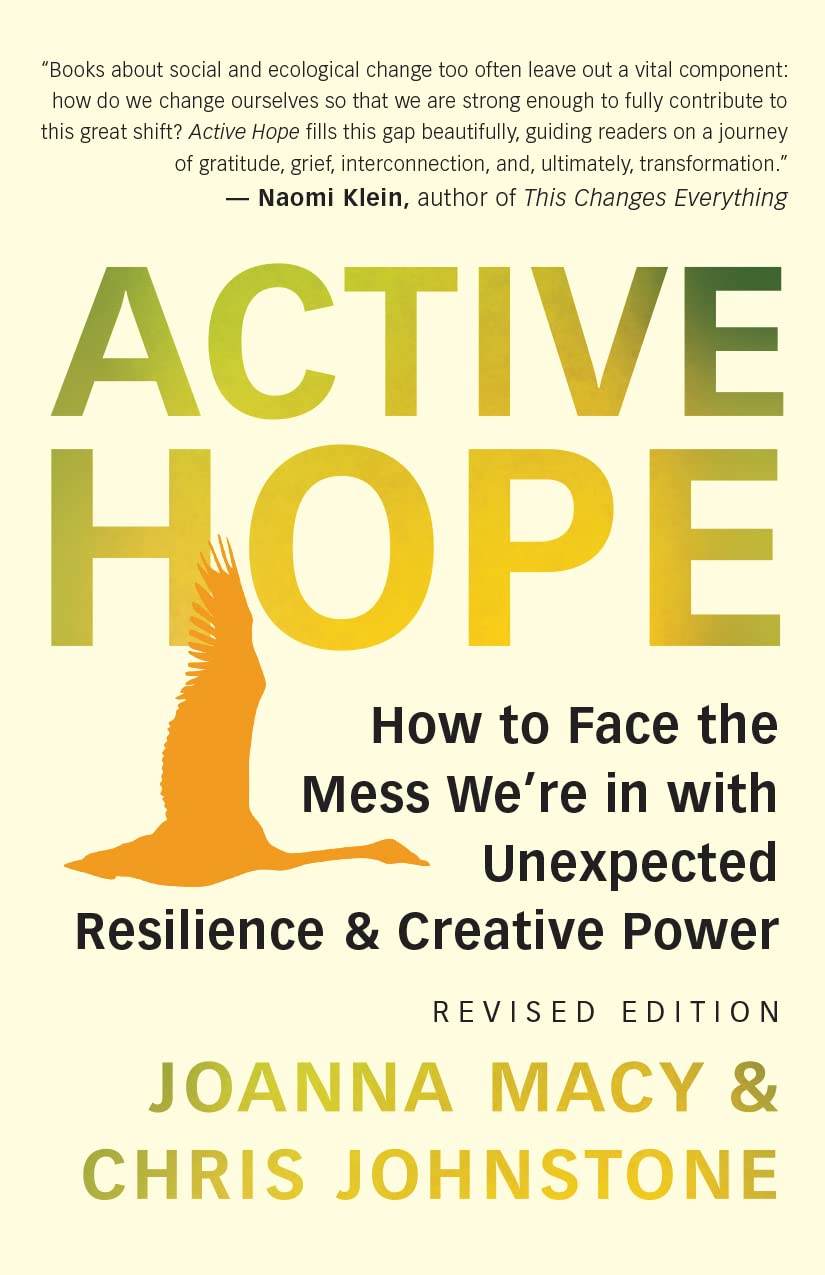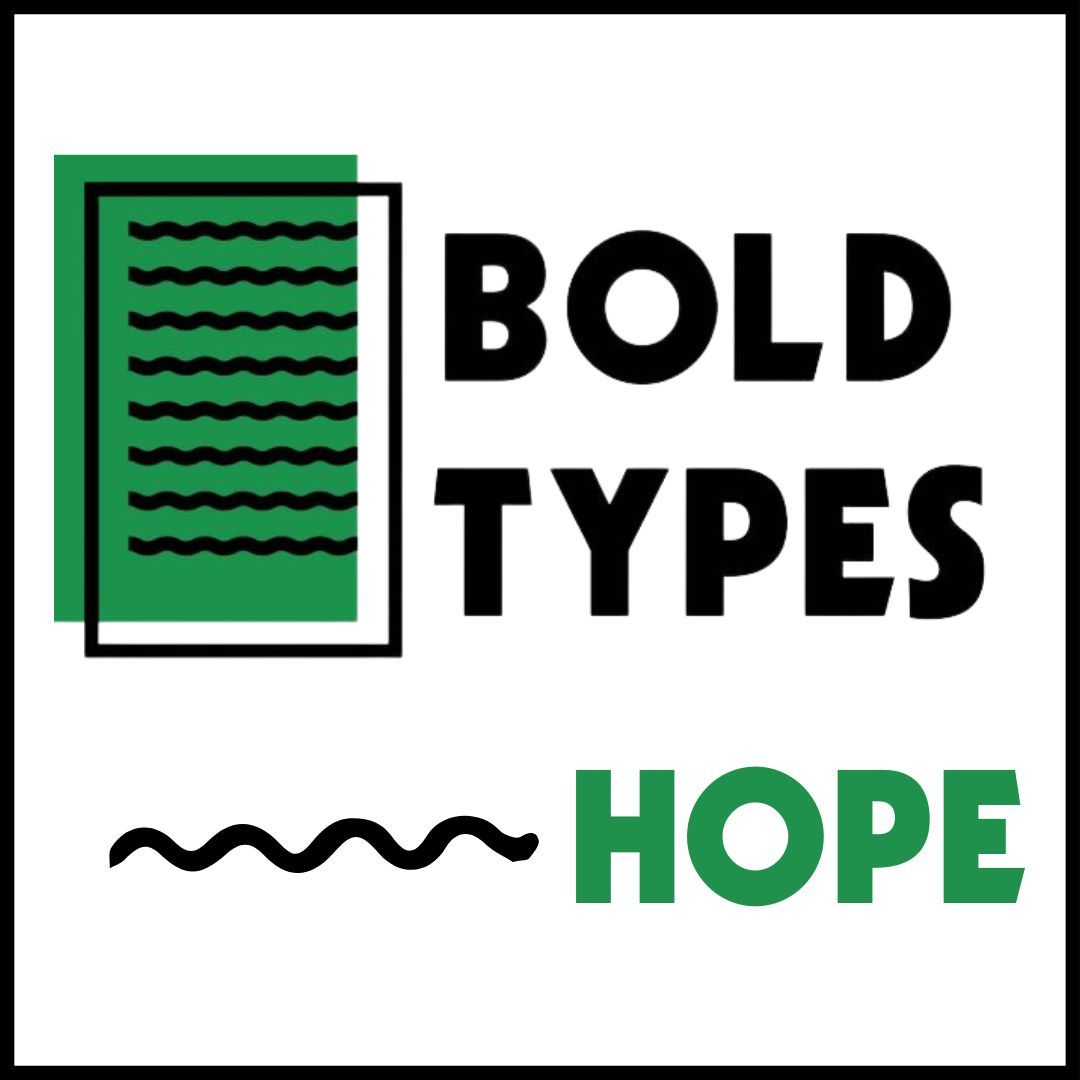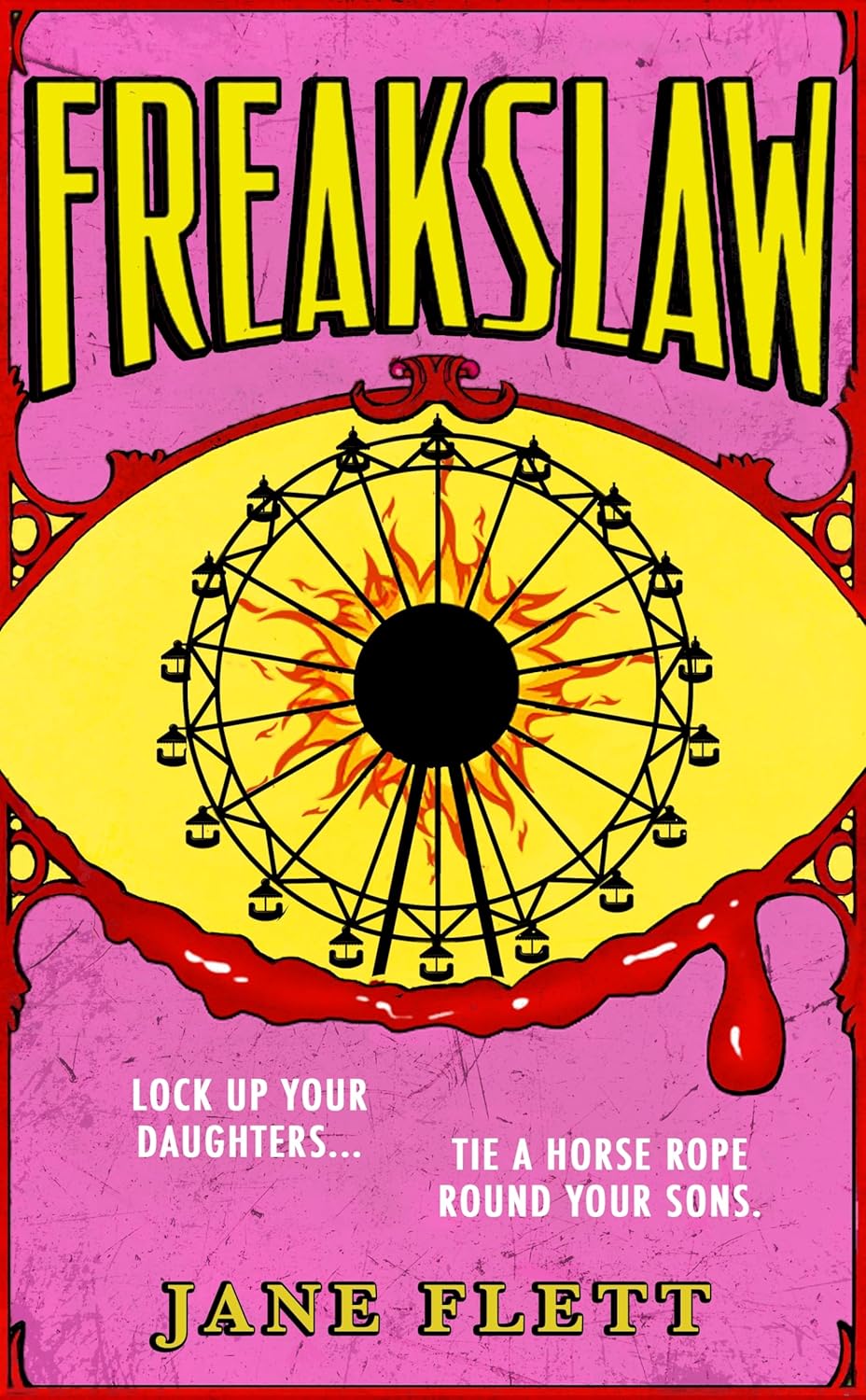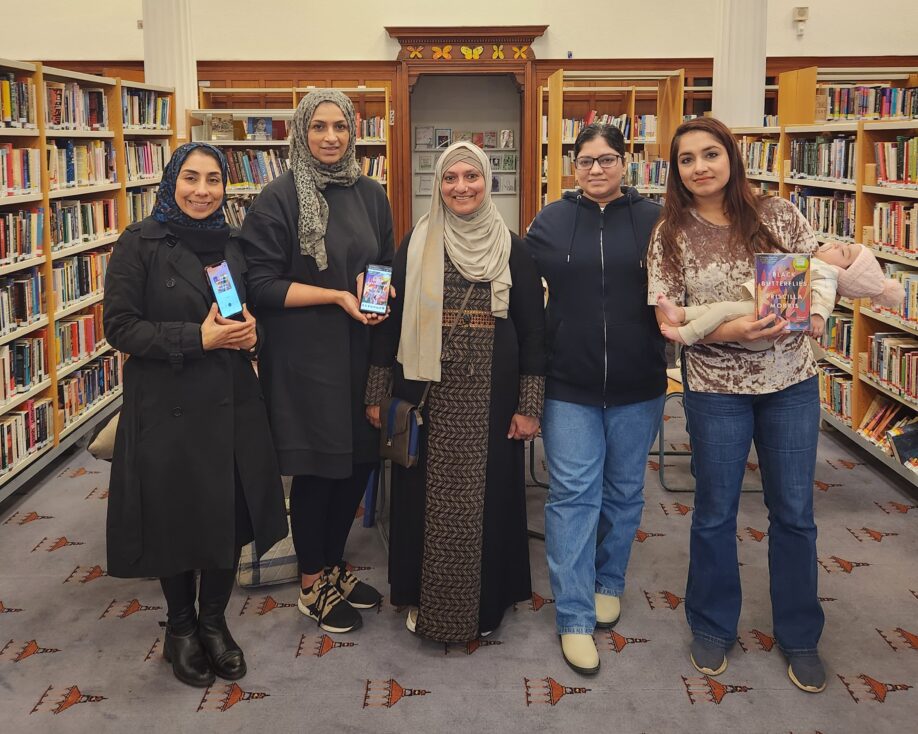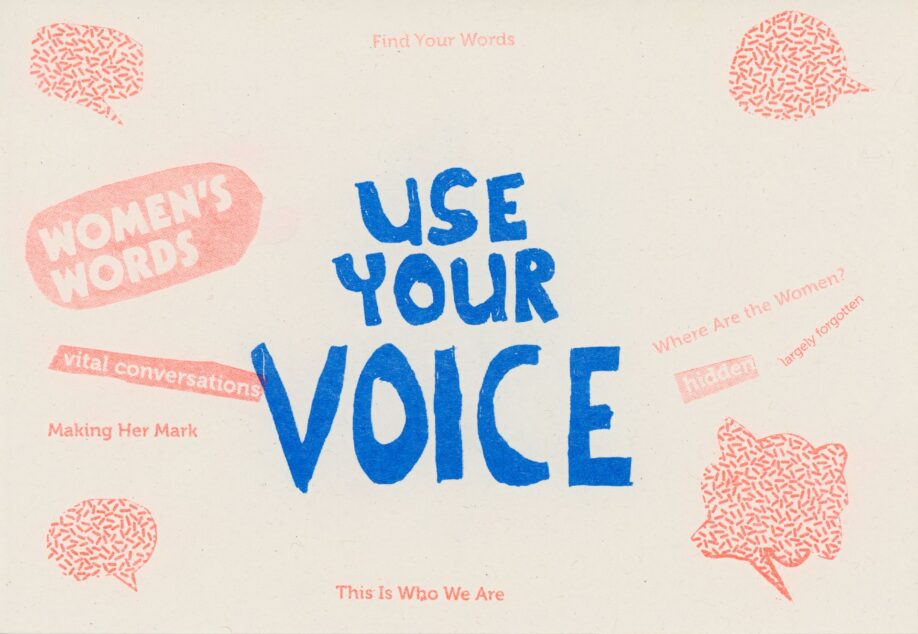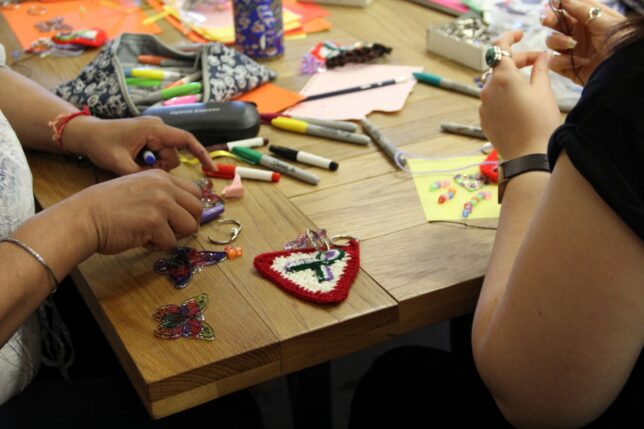This blog is part two of four blogs looking at Yoko Ono’s art practice and its connections with GWL
Where women were taking up bolt cutters at Greenham Common in the 1980s to protest the arrival of nuclear weapons, in 1965 Yoko Ono performed and recorded a film of Cut Piece at the Carnegie Recital Hall, an art work that involved inviting individual audience members to cut her clothing while she remained in a seated position on stage. This has long been considered a feminist work with Ono re-performing it many years later against ‘ageism, against racism, against sexism, and against violence’ (quote taken from Yoko Ono in a news report in 2003). In the book Music of the Mind artists Catherine Lord and Sanford Biggers discuss Cut Piece as a pacifist statement bearing ‘memories and images of war and refugees, and people wandering about gravely injured, with shredded clothes, in a state of poverty’. Watching the film this summer at Ono’s Tate Modern exhibition I see the feminism of the work and its pacifist intentions as deeply connected, with one arising out of the other. In interview Ono spoke about the work as an act of giving and taking – a kind of criticism against artist ‘giving what they want to give, so it was important to say you can cut whatever you want to’ (quote from an interview with Ono in Unit 1967). In a striking moment on film we watch this act of generosity transformed as one male audience member cuts for too long and deep, cutting through Ono’s bra and forcing her to raise a hand to hold it in place. Ono remains silent but her expression is one of controlled anguish with the performance becoming a space of quiet violence that binds her to the social world in uncomfortable ways. Her act of sharing provokes a disproportionate and violent response.
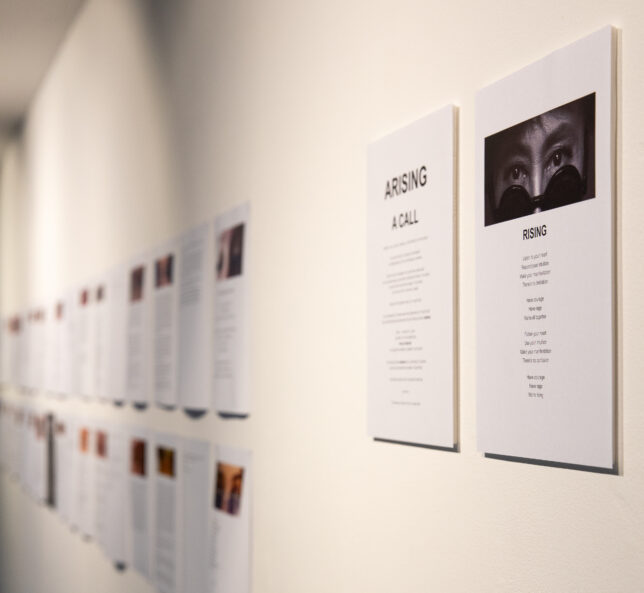
In this work I can see the seeds of a later work by Ono that we are hosting in GWL this summer called Arising (2013) which invites individual testimonials from women who have experienced harm. For me Arising reverses the form of this early performance. Where Cut Piece reveals how individual intentions are met with social violence Arising is a work that allows individual experience of harm to rise up as a resisting social chorus. It gathers collective rage from the deep cuts experienced by women in all different contexts and opens to the possibility of healing through participation. Invitations to participate are threaded through Ono’s practice from the haiku like instructions, gathered in the early, germinal publication Grapefruit (1964), to the larger collective interventions including Arising and My Mommy is Beautiful (1997) and Add Colour (Refugee Boat) first realised in 2016. Many decades apart Arising and Cut Piece both draw connections between the micro-aggressions felt by individual women and the macro violence perpetuated by a culture at war.
To find out more about Yoko Ono’s work in GWL read the next blogs and/or visit GWL where you can see artworks by Yoko Ono until the 31st of August.

